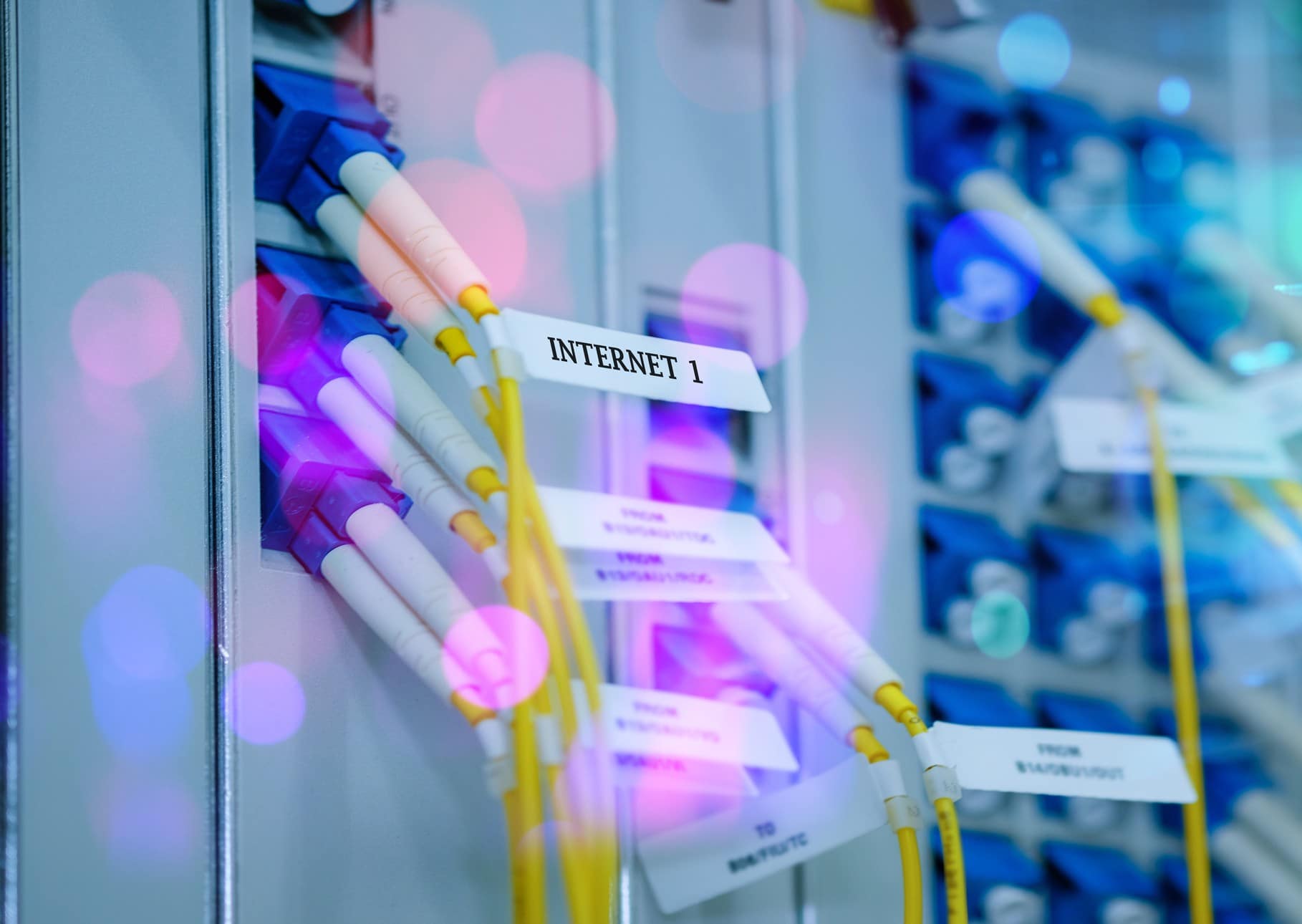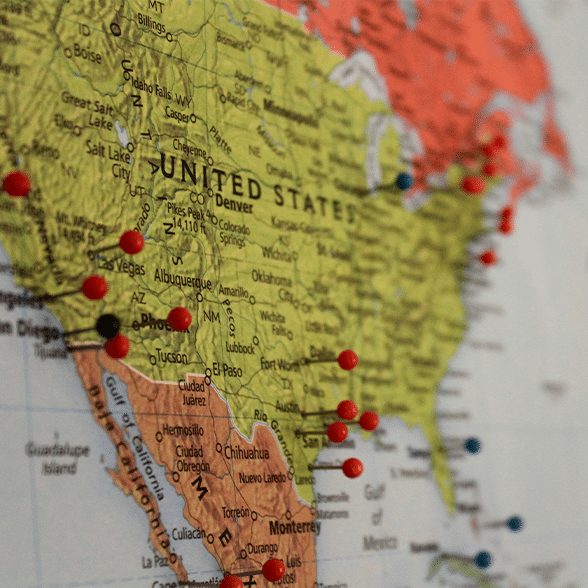The majority of the $65 billion in broadband funding included in the newly passed infrastructure bill will go toward deployments in unserved and underserved high-cost areas through the newly formed BEAD program. But there are five separate programs with a combined budget of over $48 billion are designed to fund deployments.
In this post, we take a deeper dive into those five programs based on our reading of the 68 pages in the bill about broadband.
The bill passed the Senate in August. After passing the House late Friday, the bill is expected to be signed into law soon by President Biden.
The BEAD Program
The biggest source of broadband funding included in the infrastructure bill is the Broadband Equity, Access and Deployment Program (BEAD). The program, which has a budget of $42.5 billion, will be administered by individual states under the direction of the Commerce Department.
Each state will get a minimum of $100 million, with additional funding allocated based on the number of unserved high-cost locations in each state. An unserved location is one that does not have broadband available to it at speeds of at least 25/3 Mbps.
Network operators receiving funding must deploy service at speeds of at least 100/20 Mbps. There are also service quality requirements, including latency that allows “reasonably foreseeable, real-time interactive applications” and network outages that do not exceed 48 hours over any 365-day period on average.
Commerce has 180 days after the president signs the bill to issue a notice of funding opportunity, which will offer additional details, including how to apply for BEAD program funding. Funding won’t be made available until after the FCC releases the new broadband maps based on more granular data. There will be a challenge process, where providers can challenge whether an area is correctly identified as served or unserved.
The bill calls for states to award funding to network operators for network construction in keeping with guidelines established in the act. In awarding funding, the states are directed to prioritize areas in which 80% or more of locations are unserved.
If sufficient funding has been awarded to make broadband available to all unserved locations within a state, the state can then direct funding to underserved areas, defined as those that do not have 100/20 Mbps service available to them. The third priority level includes eligible community anchor institutions.
States also are required to prioritize projects in high-poverty areas and persistent poverty counties and based on broadband speeds, how quickly a project can be completed and an operator’s demonstrated record of and plans to comply with federal labor and employment laws.
Those seeking funding may be required to provide matching funds equal to at least 25% of the project cost. There is some ambiguous wording in the bill stating that awardees must provide “a contribution, derived from non-federal funds (or funds from a federal regional commission or authority), except in high-cost areas or as otherwise provided by this Act, not less than 25% of project costs.”
Considering that the program targets high-cost areas, it’s not clear how this requirement applies, unless perhaps the lower-priority projects are not required to be in high-cost areas. Hopefully the funding notice will provide more clarity about this.
Non-federal funds may include in-kind contributions and can come from funding received through other programs such as the CARES Act, ARPA, etc. There is also an option for applicants to request a reduction in or waiver of the matching fund requirement.
Network operators receiving BEAD funding are required to offer a low-cost broadband plan to eligible low-income subscribers.
Operators also are required to begin providing broadband service to each customer that desires service within four years of the date on which the operator receives funding, although the state may extend the deadline in certain cases.
The Middle-Mile Program
The infrastructure bill also includes $1 billion for middle mile networks, defined as “broadband infrastructure that does not connect directly to an end-user location, including an anchor institution” and including wired and wireless connections and other network facilities.
This funding will not funnel through the states but instead will be awarded by the Commerce Department. Priority will be given to projects that meet two or more of five criteria, including:
- Fiscally sustainable middle mile strategies
- A commitment to offer non-discriminatory interconnect to last mile broadband providers and others making bona fide requests
- Expressed written interest from last-mile broadband providers in interconnecting with the middle mile infrastructure and that have demonstrated sustainable business plans with respect to interconnection
- Supplemental investments or in-kind support such as waived franchise fees that will accelerate project completion
- The middle mile infrastructure will benefit national security
Other Broadband Programs
The Tribal program was established in the Consolidated Appropriations Act of 2021. The infrastructure bill adds $2 billion to the budget for that program.
The infrastructure bill also adds $2 billion to the budget for the USDA ReConnect program.
In addition, the bill makes $600 million available for tax exempt private activity bonds, which state and local governments can use to support broadband deployments.
The bill also includes two other broadband funds that are focused on affordability and digital literacy. We will do a deep dive on those funds in a separate post coming soon.
Readers interested in additional details can find the broadband section on pages 754-822 of the bill, which can be found at this link.



